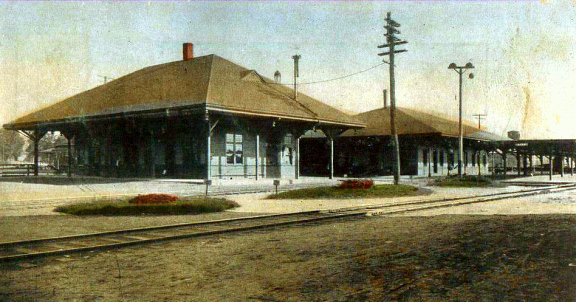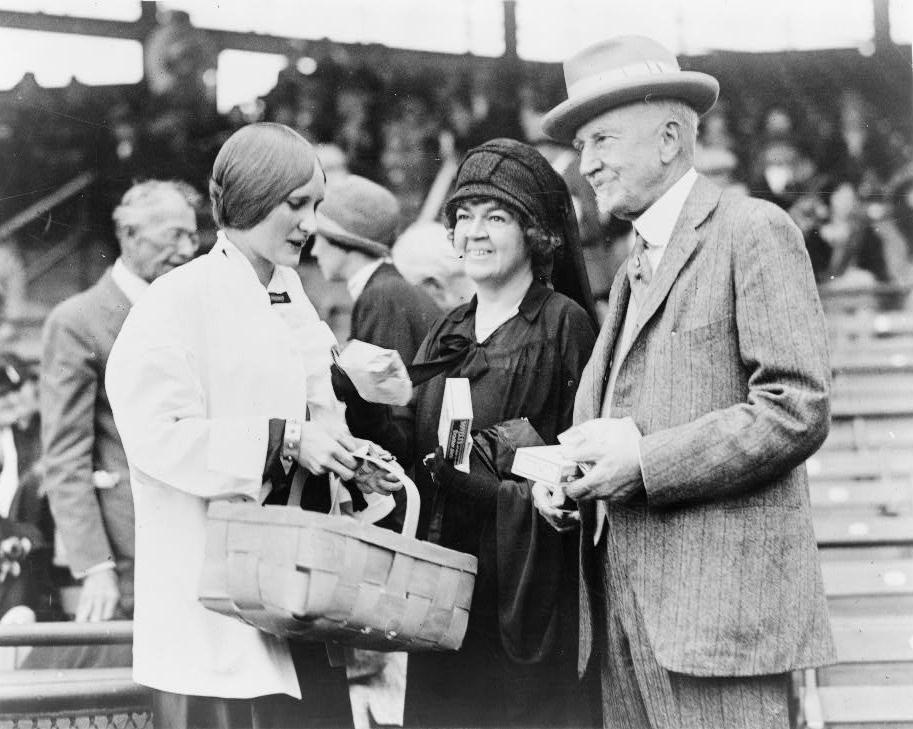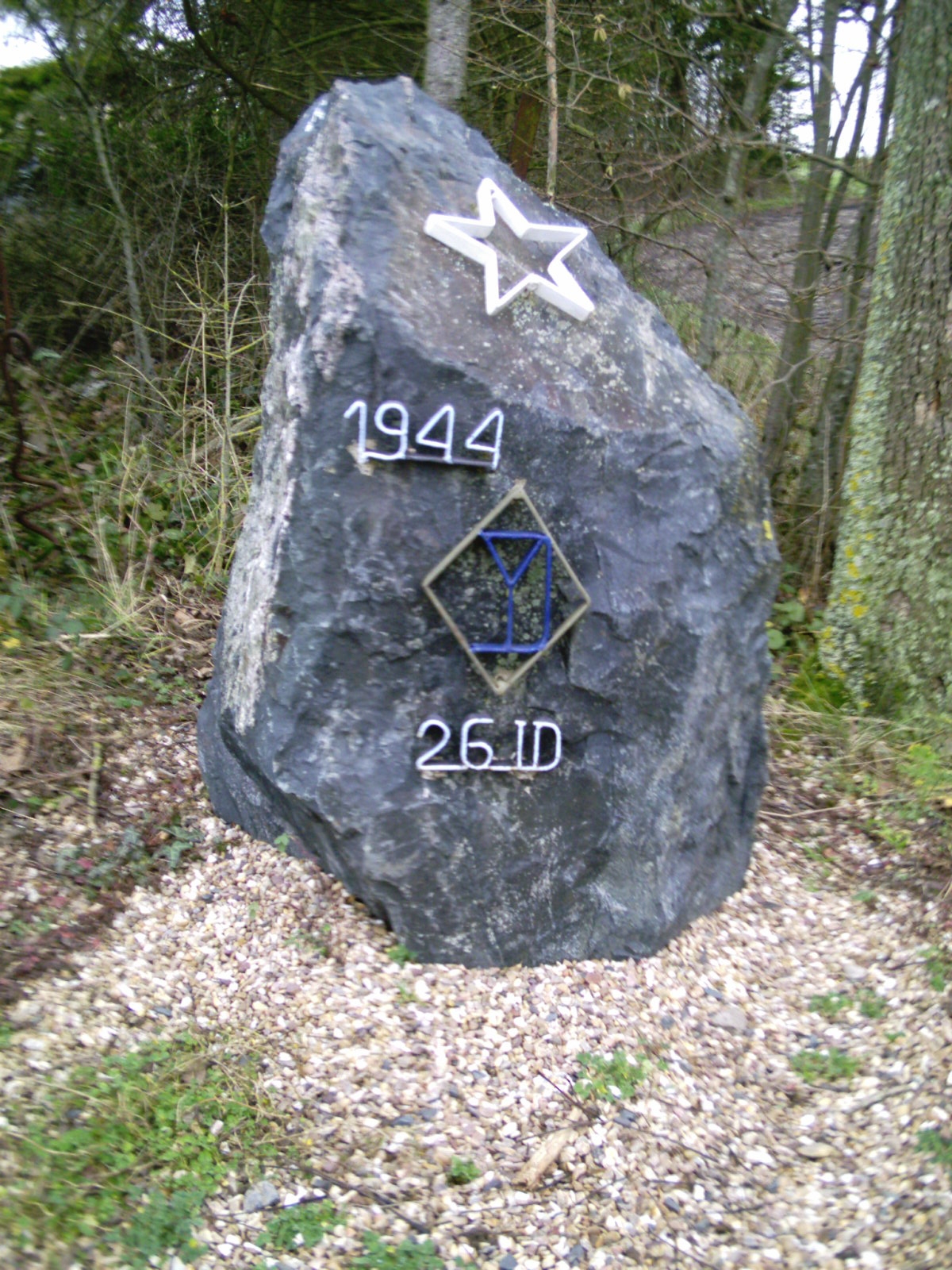|
Fort Devens, Massachusetts
Fort Devens is a United States Army Reserve military installation in the towns of Ayer and Shirley, in Middlesex County and Harvard in Worcester County in the U.S. state of Massachusetts. Due to extensive environmental contamination it was listed as a superfund site in 1989. Most of the fort's land was sold off in 1996, but the cantonment area of the post was retained by the Army as the Devens Reserve Forces Training Area (RFTA). Fort Devens was reactivated in May 2007, though no units of active Army have been located there. The Devens Range Complex operates on property in Lancaster, south of Route 2, for live-fire training with small arms, machine guns, grenades, and rockets. In 2011, the fort had a population of 306 enlisted personnel, 2,151 reservists, 348 civilians, and 1,399 family members, and maintained 25 ranges, 21 training areas, and 15 maneuver areas on nearly of land. It was home to the United States Army Base Camp Systems Integration Laboratory as well as the U ... [...More Info...] [...Related Items...] OR: [Wikipedia] [Google] [Baidu] |
Ayer, Massachusetts
Ayer ( ) is a New England town, town in Middlesex County, Massachusetts, United States. Originally part of Groton, Massachusetts, Groton, it was incorporated February 14, 1871, and became a major commercial railroad junction. The town was home to Camp Stevens, a training camp for Massachusetts volunteers during the American Civil War. Later, Fort Devens was established by the federal government to train New England soldiers for World War I. Fort Devens is a major influence on the area, although it is considerably smaller than when it was first closed in the mid-1990s. The town's population was 8,479 at the 2020 United States census, 2020 census. History Native American history Ayer was originally inhabited by the Nashaway, a Nipmuc people that inhabited the lands along the Nashua River and its tributaries. A small settlement was located along the banks of the Nonacoicus Brook, located in the western part of the town. The name of the Nashaway village, its people and the brook, pro ... [...More Info...] [...Related Items...] OR: [Wikipedia] [Google] [Baidu] |
Federal Medical Center, Devens
The Federal Medical Center, Devens (FMC Devens) is a United States federal prison in Massachusetts for male inmates requiring specialized or long-term medical or mental health care. It is designated as an administrative facility, which means it has inmates from different security classifications, from white-collar criminals to mobsters and sex offenders. It is operated by the Federal Bureau of Prisons, a division of the United States Department of Justice. FMC Devens also has a satellite camp housing minimum-security male inmates. FMC Devens is located in north-central Massachusetts, approximately 39 miles west of Boston, on the grounds of Fort Devens, which occupied the land before it was scaled back in size. Facility and services Upon entering FMC Devens, new inmates undergo a month-long admission and orientation program to meet prison staff, acquaint themselves with the facility, and learn the facility's rules and regulations. They are introduced to the prison's inmate count sy ... [...More Info...] [...Related Items...] OR: [Wikipedia] [Google] [Baidu] |
Fort Devens Army Airfield
Moore Army Airfield is a former airfield located in Fort Devens, Massachusetts. It was closed following the closure of the fort in 1995. It is named for Ayer native Chief Warrant Officer 2 Douglas Moore. It was the only Army Airfield named for someone killed in the Vietnam War. It is currently used for racing and State Police driver training. History Beginnings The earliest information concerning the construction of the airfield dates to 1 July 1926. It was originally known as Ayer (Camp Devens) Emergency Field. The sod airfield's dimensions were: . It also ran northwest/southeast. Camp Devens Airfield, as it was called later, was operated by the Army. A second runway was established the following year. Approximate dimensions were said to be . In 1934, it was marked as an auxiliary airfield to the Navy. World War II When the nearby fort was expanded in 1940, the airport supposedly "gained" its own airfield. It was described as having a runway. In 1944, the army withdrew fro ... [...More Info...] [...Related Items...] OR: [Wikipedia] [Google] [Baidu] |
Works Progress Administration
The Works Progress Administration (WPA; from 1935 to 1939, then known as the Work Projects Administration from 1939 to 1943) was an American New Deal agency that employed millions of jobseekers (mostly men who were not formally educated) to carry out public works projects, including the construction of public buildings and roads. It was set up on May 6, 1935, by presidential order, as a key part of the Second New Deal. The WPA's first appropriation in 1935 was $4.9 billion (about $15 per person in the U.S., around 6.7 percent of the 1935 GDP). Headed by Harry Hopkins, the WPA supplied paid jobs to the unemployed during the Great Depression in the United States, while building up the public infrastructure of the US, such as parks, schools, and roads. Most of the jobs were in construction, building more than of streets and over 10,000 bridges, in addition to many airports and much housing. In 1942, the WPA played a key role in both building and staffing Internment of Japanes ... [...More Info...] [...Related Items...] OR: [Wikipedia] [Google] [Baidu] |
Great Depression In The United States
In the United States, the Great Depression began with the Wall Street Crash of October 1929 and then spread worldwide. The nadir came in 1931–1933, and recovery came in 1940. The stock market crash marked the beginning of a decade of high unemployment, famine, poverty, low profits, deflation, plunging farm incomes, and lost opportunities for economic growth as well as for personal advancement. Altogether, there was a general loss of confidence in the economic future. The usual explanations include numerous factors, especially high consumer debt, ill-regulated markets that permitted overoptimistic loans by banks and investors, and the lack of high-growth new industries. These all interacted to create a downward economic spiral of reduced spending, falling confidence and lowered production. Industries that suffered the most included construction, shipping, mining, logging, and agriculture. Also hard hit was the manufacturing of durable goods like automobiles and appliances, w ... [...More Info...] [...Related Items...] OR: [Wikipedia] [Google] [Baidu] |
Robert Goddard
Robert Hutchings Goddard (October 5, 1882 – August 10, 1945) was an American engineer, professor, physicist, and inventor who is credited with creating and building the world's first liquid-fueled rocket, which was successfully launched on March 16, 1926. By 1915 his pioneering work had dramatically improved the efficiency of the solid-fueled rocket, signaling the era of the modern rocket and innovation. He and his team launched 34 rockets between 1926 and 1941, achieving altitudes as high as and speeds as fast as 885 km/h (550 mph). Goddard's work as both theorist and engineer anticipated many of the developments that would make spaceflight possible. He has been called the man who ushered in the Space Age. Two of Goddard's 214 patented inventions, a multi-stage rocket (1914), and a liquid-fuel rocket (1914), were important milestones toward spaceflight. His 1919 monograph '' A Method of Reaching Extreme Altitudes'' is considered one of the classic texts ... [...More Info...] [...Related Items...] OR: [Wikipedia] [Google] [Baidu] |
Edith Nourse Rogers
Edith Rogers (née Nourse; March 19, 1881 – September 10, 1960) was an American social welfare Volunteering, volunteer and politician who served as a Republican in the United States Congress. She was the first woman elected to Congress from Massachusetts. Until 2012, she was the longest serving Congresswoman and was the longest serving female Representative until 2018 (a record now held by Marcy Kaptur). In her 35 years in the United States House of Representatives, House of Representatives she was a powerful voice for veterans and sponsored seminal legislation, including the Servicemen's Readjustment Act of 1944 (commonly known as the G.I. Bill), which provided educational and financial benefits for veterans returning home from World War II, the 1942 Act of Congress, bill that created the Women's Army Corps, Women's Army Auxiliary Corps (WAAC), and the 1943 bill that created the Women's Army Corps (WAC). She was also instrumental in bringing Federal government of the United ... [...More Info...] [...Related Items...] OR: [Wikipedia] [Google] [Baidu] |
Spanish Flu
The 1918–1920 flu pandemic, also known as the Great Influenza epidemic or by the common misnomer Spanish flu, was an exceptionally deadly global influenza pandemic caused by the H1N1 subtype of the influenza A virus. The earliest documented case was March 1918 in Kansas, United States, with further cases recorded in France, Germany and the United Kingdom in April. Two years later, nearly a third of the global population, or an estimated 500 million people, had been infected. Estimates of deaths range from 17 million to 50 million, and possibly as high as 100 million, making it the deadliest pandemic in history. The pandemic broke out near the end of World War I, when wartime censors in the belligerent countries suppressed bad news to maintain morale, but newspapers freely reported the outbreak in neutral Spain, creating a false impression of Spain as the epicenter and leading to the "Spanish flu" misnomer. Limited historical epidemiological data make the pandemic' ... [...More Info...] [...Related Items...] OR: [Wikipedia] [Google] [Baidu] |
76th Division (United States)
The 76th Infantry Division was a unit of the United States Army in World War I, World War II and the Cold War. The division was inactivated in 1996 and has been reconstituted as the 76th US Army Reserve Operational Response Command in 2013. World War I *Activated: August 1917 at Camp Devens, Massachusetts *Overseas: August 1918 *Commanders: Maj. Gen. H. F. Hodges (5 August 1917), Brig. Gen. William Weigel (28 November 1917), Maj. Gen. H. F. Hodges (13 February 1918) *Inactivated: May 1919 Order of battle * Headquarters, 76th Division * 151st Infantry Brigade ** 301st Infantry Regiment ** 302nd Infantry Regiment ** 302nd Machine Gun Battalion * 152nd Infantry Brigade ** 303rd Infantry Regiment ** 304th Infantry Regiment ** 303rd Machine Gun Battalion * 151st Field Artillery Brigade ** 301st Field Artillery Regiment (75 mm) ** 302nd Field Artillery Regiment ( 4.7 inch) ** 303rd Field Artillery Regiment (155 mm) ** 301st Trench Mortar Battery * 301st Machine Gun Bat ... [...More Info...] [...Related Items...] OR: [Wikipedia] [Google] [Baidu] |
26th Infantry Division (United States)
The 26th Infantry Division was an infantry division (military), division of the United States Army. A major formation of the Massachusetts Army National Guard, it was based in Boston, Massachusetts for most of its history. Today, the division's heritage is carried on by the 26th Maneuver Enhancement Brigade. Formed on 18 July 1917 and activated 22 August 1917 at Camp Edwards, MA, consisting of units from the New England area, the division's commander selected the nickname "Yankee Division" to highlight the division's geographic makeup. Sent to Europe in World War I as part of the American Expeditionary Forces, the division saw extensive combat in France. Sent to Europe once again for World War II, the division again fought through France, advancing into Germany and liberating the Gusen concentration camp before the end of the war. Following the end of World War II, the division remained as an active command in the National Guard, gradually expanding its command to contain units ... [...More Info...] [...Related Items...] OR: [Wikipedia] [Google] [Baidu] |
12th Division (United States)
The 12th Division was an infantry division of the United States Army, active in 1918–1919. Established at Camp Devens, Massachusetts, the division's training was interrupted by the World War I armistice, and the division was later disbanded. History The 12th Division was part of a group of six divisions (9th-14th) that the War Department directed to be formed in mid-1918 from troops of the Regular Army augmented by draftees. It was anticipated that the divisions' training would take four months, to be completed by the end of November 1918. On 9 July 1918, the War Department ordered the organization of the 12th Division at Camp Devens. The division began forming on 12 July. The 36th Infantry and 42d Infantry were ordered to Camp Devens in the latter part of July to become part of the division; the 42nd Infantry had been assigned to the division on 5 July 1918. Cadres of non-commissioned officers and privates was taken from each of the two existing regiments and assigned to ... [...More Info...] [...Related Items...] OR: [Wikipedia] [Google] [Baidu] |
Cantonment
A cantonment (, , or ) is a type of military base. In South Asia, a ''cantonment'' refers to a permanent military station (a term from the British Raj). In United States military parlance, a cantonment is, essentially, "a permanent residential section (i.e., barrack) of a fort or other military installation". The word ''cantonment'', derived from the French word '' canton'', meaning ''corner'' or ''district'', refers to a temporary military or winter encampment. For example, at the start of the Waterloo campaign in 1815, while the Duke of Wellington's headquarters were in Brussels, most of his Anglo–allied army of 93,000 soldiers were ''cantoned'', or stationed, to the south of Brussels. List of permanent cantonments Afghanistan The former Sherpur Cantonment in Kabul, Afghanistan, which was the site of the Siege of the Sherpur Cantonment (1879) in the Second Anglo-Afghan War (1878–1880), is now maintained as a British Army cemetery. Bangladesh In Bangladesh, cantonment ... [...More Info...] [...Related Items...] OR: [Wikipedia] [Google] [Baidu] |









